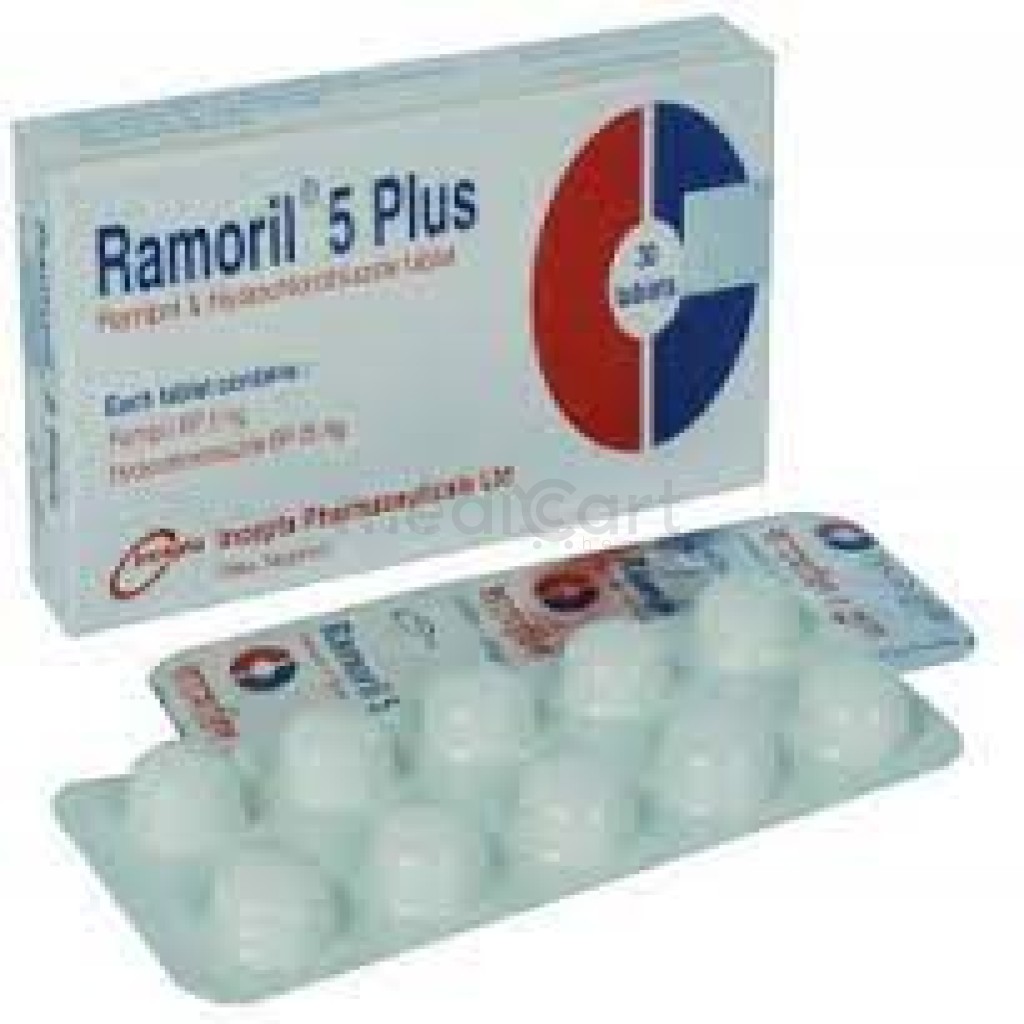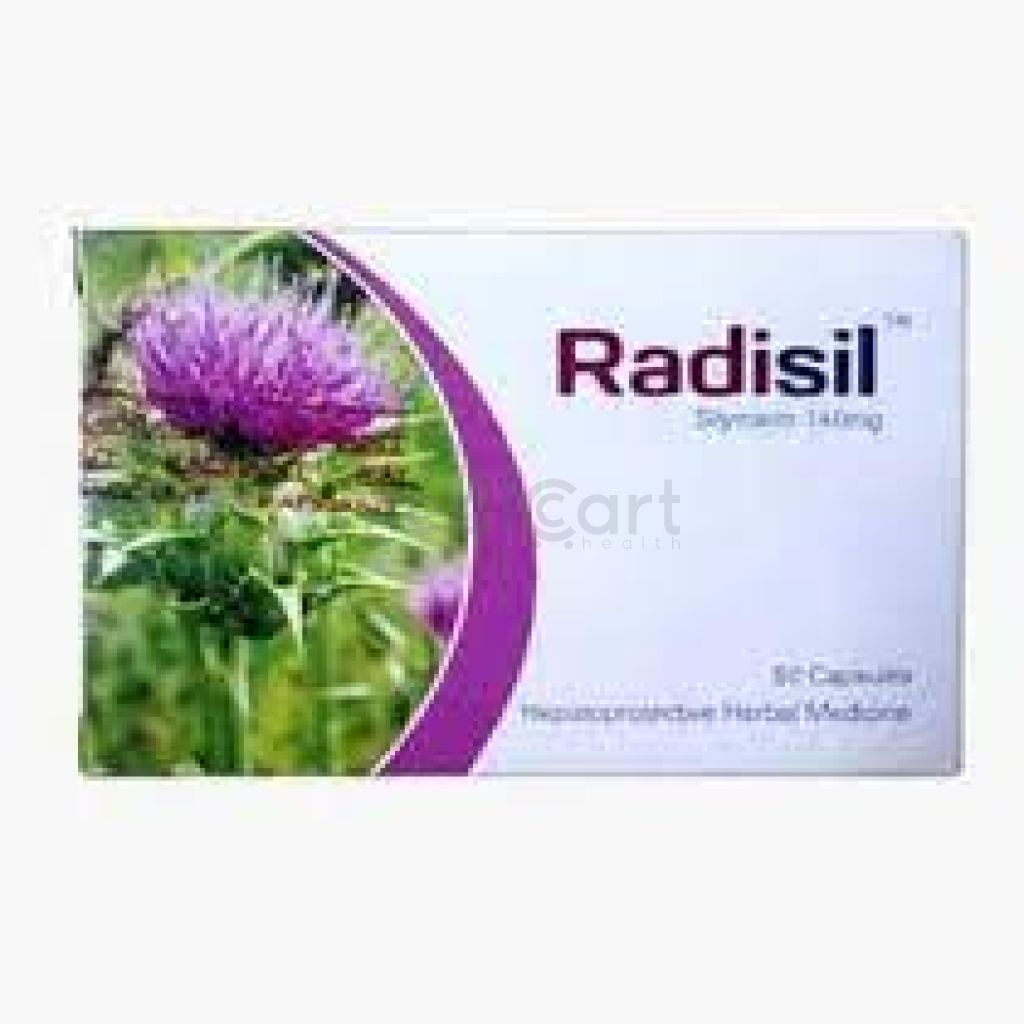

Ramoril PLUS - 25 mg
Tablet* Delivery will be done in Dhaka city only.
Alternative Product
More Information About - Ramoril PLUS - 25 mg
Description
Generic Name
Hydrochlorothiazide + Ramipril
Precaution
Severe renal disease, impaired hepatic, allergy or bronchial asthma, systemic lupus erythematosus, acute gout, diabetes mellitus, elderly, collagen vascular diseases, should be discontinued before carrying out tests for parathyroid function. Pregnancy and lactation.
Indication
Hypertension, Diabetic nephropathy, Congestive heart failure
Contra Indication
Anuria, hypersensitivity, history of angioedema, bilateral renal artery stenosis, unilateral renal artery stenosis
Dose
N/A
Side Effect
Pancreatitis, jaundice, diarrhoea, nausea, vomiting, cramps, constipation, gastric irritation, anorexia, aplastic anaemia, agranulocytosis, leukopaenia, haemolytic anaemia, thrombocytopaenia, vasculitis, resp distress, including pneumonitis and pulmonary oedema, photosensitivity, fever, urticaria, rash, hyperglycaemia, glycosuria, hyperuricaemia, muscle spasm, vertigo, paraesthesias, dizziness, headache, restlessness, renal failure, renal dysfunction, interstitial nephritis, erythema multiforme including Stevens-Johnson syndrome, exfoliative dermatitis including toxic epidermal necrolysis, alopoecia, transient blurred vision, xanthopsia, impotence, dizziness, fatigue, headache, abdominal pain, cough, rarely symptomatic hypotension, angioneurotic oedema of face, lips, tongue, glottis and larynx, syncope, renal impairment, hypersensitivity reactions. Potentially Fatal: Anaphylactic reactions, electrolyte imbalance, hypotension.
Pregnancy Category
Name : D
Description
There is positive evidence of human fetal risk based on adverse reaction data from investigational or marketing experience or studies in humans, but potential benefits may warrant use of the drug in pregnant women despite potential risks.Mode of Action
Ramipril is a long-acting ACE inhibitor which is metabolised into the active metabolite ramiprilat. Supine and standing blood pressures (BP) are reduced witho reflex tachycardia. Ventricular hypertrophy is reversed and renal blood flow increased. In CHF (CHF), pulmonary artery pressure and pulmonary capillary wedge pressure are reduced. Cardiac function is improved. Hydrochlorothiazide is a thiazide diuretic. It increases excretion of Na and chloride in approx equiv amounts. Natriuresis may be accompanied by some loss of K and bicarbonate. The rationale behind this combination is that these have a synergistic effect in lowering BP and offer an advantage of once-daily dosing convenience.
Interaction
Hydrochlorthiazide in combination with alcohol, barbiturates, or narcotics potentiates orthostatic hypotension. When coadministered with other antihypertensive gives additive effect. Absorption is reduced with cholestyramine and colestipol resins. Hypokalemia is observed with corticosteroids, tubocurarine responsiveness to the muscle relaxant is increased. It decreases the renal clearance of lithium and increases the risk of lithium toxicity. Non-steroidal anti-inflammatory agents can reduce the diuretic and natriuretic effect of hydrochlorthiazide. Ramipril with potassium-sparing diuretics results in severe hyperkaelemia. May increase serum lithium concentration, NSAIDs may reduce the effect of the drug and cause deterioration of renal function.
Pregnancy Category Note
N/A
Adult Dose
Oral Essential hypertension Adult: Per tablet contains ramipril 2.5 mg and hydrochlorthiazide 12.5 mg: 1 tablet daily up to a max of 4 tablets daily.
Child Dose
N/A
Renal Dose
N/A
Administration
N/A
Disclaimer
The information provided herein are for informational purposes only and not intended to be a substitute for professional medical advice, diagnosis, or treatment. Please note that this information should not be treated as a replacement for physical medical consultation or advice. Great effort has been placed to provide accurate and comprehensive data. However, Medicart along with its authors and editors make no representations or warranties and specifically disclaim all liability for any medical information provided on the site. The absence of any information and/or warning to any drug shall not be considered and assumed as an implied assurance of the Company.





